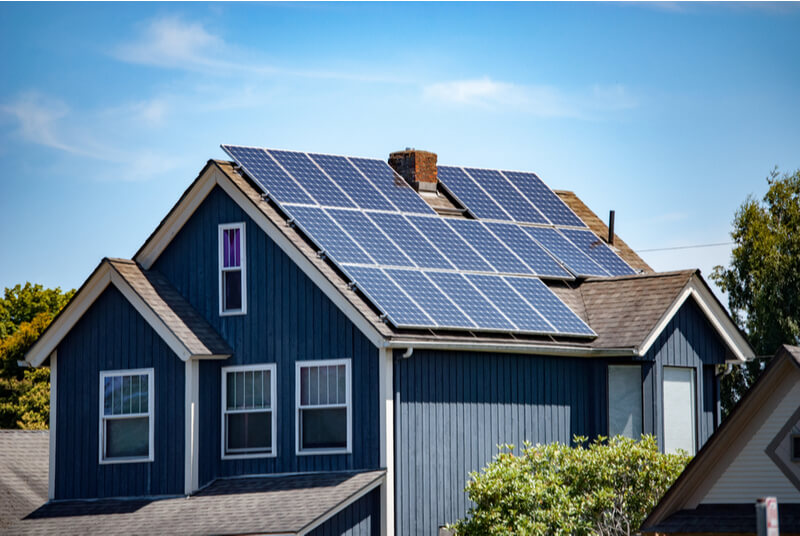How Solar Panels Work On A House? | Power Home With Solar Energy
Solar panels have become increasingly popular as a sustainable and cost-effective energy solution for homeowners. Understanding how solar panels work on a house is crucial for those considering making the switch to solar power. In this article, we will explore the process of how solar panels generate electricity and the benefits they offer.
How Solar Panels Generate Electricity
Solar panels are designed to capture sunlight and convert it into usable electricity through a process called photovoltaic effect. This process involves multiple components working together seamlessly.
- Solar Cells: Solar panels are composed of numerous solar cells, usually made of silicon. These cells absorb photons from sunlight and generate an electric current.
- Inverter: The generated direct current (DC) electricity needs to be converted into alternating current (AC) electricity, which is what most household appliances use. The inverter performs this crucial conversion.
- Electricity Consumption: Once the DC electricity is converted into AC, it can be used to power various appliances and electrical systems in your home.
- Net Metering: In cases where the solar panels generate more electricity than your household consumes, the excess energy can be fed back into the grid. Through net metering, you can receive credits or financial compensation for the surplus energy.
Benefits of Solar Panels on a House

- Cost Savings: By harnessing solar energy, homeowners can significantly reduce their electricity bills. Solar panels offer a long-term, sustainable solution that can save you money in the long run.
- Environmental Impact: Solar power is a clean and renewable energy source, which means it produces zero greenhouse gas emissions. By using solar panels, you contribute to a cleaner and greener environment.
- Energy Independence: Relying on solar power allows homeowners to become less dependent on traditional energy sources. This independence provides stability and security, especially during power outages or emergencies.
- Increased Property Value: Installing solar panels can enhance the value of your property. Many homebuyers are attracted to homes with solar panels due to their energy efficiency and potential cost savings.
In conclusion, solar panels work on a house by converting sunlight into usable electricity through the photovoltaic effect. By understanding the process and benefits of solar power, homeowners can make informed decisions about transitioning to solar energy. Embracing solar panels not only helps reduce electricity costs but also contributes to a sustainable future for our planet.

Frequently asked questions
Can a house run completely on solar power?
Solar power is possible to use to run a house on its own but requires a considerable financial and time investment. Solar power can be cheaper than traditional sources of electricity, but it’s still more expensive than fossil fuels.
Can solar energy power a house?
Solar energy can power your house. Solar panels are the most efficient way to generate electricity and solar cells convert light into a usable amount of electricity.
How to power a house with solar panels?
A solar panel is a device that converts sunlight into electricity. This can be done by placing the panels in direct sun and they will generate power. It is possible to collect the electricity that they produce and use it to power a house.
Can solar panels produce too much electricity?
If you have a grid-tied solar system, your panels can actually produce more energy than you need. With net metering, your electricity company will buy that extra energy from you at a premium rate. This can help offset the cost of installing a solar system.
How much solar would it take to power a home?
There are two ways to estimate the number of solar panels needed for a house. One way is to use an average number of watts per square meter, and then multiply by the length of time a house is typically in use. The other way to estimate the number of solar panels needed for a house is to take 10% of the annual energy consumption and divide it by the number of days in a year.
